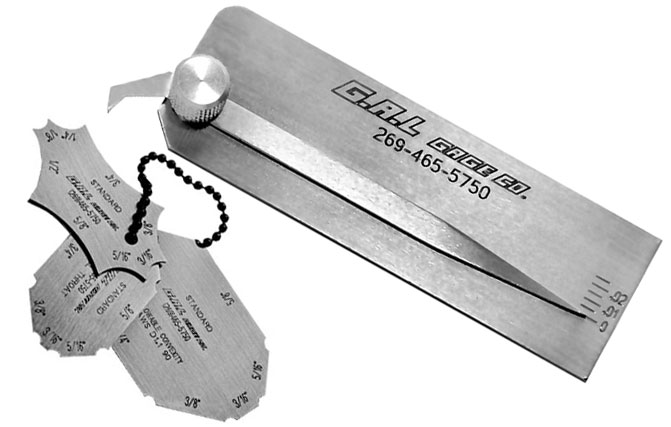Fillet Weld Design Techniques: Optimizing Joint Performance and Aesthetics for Structural Stability
In the world of structural engineering and fabrication, the relevance of fillet weld design techniques can not be overemphasized. By meticulously considering elements such as weld profile optimization, product choice, joint prep work strategies, welding process effectiveness, and aesthetic improvement producers, approaches and designers can attain a harmonious balance between functionality and look in their welded structures.
Weld Account Optimization


Accomplishing an ideal weld profile involves a thorough consideration of factors such as product density, joint arrangement, welding placement, and preferred welding speed. In addition, the choice of suitable welding criteria, such as voltage, present, and take a trip rate, is fundamental in controlling the shape and measurements of the fillet weld. Making use of sophisticated welding techniques, such as pulse welding or robotic welding, can even more refine the weld account to meet specific design needs and high quality requirements.
Essentially, weld account optimization is a fundamental element of fillet weld design that directly affects the general performance and reliability of bonded joints in structural applications.
Material Selection Factors To Consider
When thinking about product selection for fillet weld layout, the compatibility of the base metals is a vital element influencing the architectural integrity of the joint. It is necessary to choose products that not only weld with each other properly yet additionally possess comparable mechanical homes to guarantee the tons is equally distributed between the base and the weld metals. Welding materials with significantly various homes can lead to issues such as stress and anxiety concentrations, premature joint failure, or splitting.
Furthermore, the setting in which the bonded structure will operate should be taken into consideration when picking materials. Factors like deterioration resistance, temperature variations, and direct exposure to chemicals can all affect the long life and efficiency of the weld joint. By choosing products that are appropriate for the designated application and setting, the total sturdiness and integrity of the welded joint can be substantially improved.
For that reason, detailed factor to consider of product compatibility and ecological elements is critical in making certain the weld joint's toughness, longevity, and total architectural honesty.

Joint Preparation Methods
Thinking about the vital duty product option plays in making sure the structural stability of fillet from this source weld joints, it is essential to implement exact joint preparation strategies that optimize the connection between the base steels. Joint prep work is an essential action that directly influences the quality and strength of the weld.
Additionally, appropriate fit-up of the joint is vital to make sure uniform circulation of the welding product and protect against defects like incomplete penetration or too much build-up. Beveling the edges of the base metals can create a groove that permits deeper weld penetration and a stronger bond. Additionally, tack welding the components in place prior to the final weld assists keep positioning and reduces distortion throughout the learn the facts here now welding process. By meticulously adhering to these joint prep work methods, welders can boost the overall efficiency and looks of fillet weld joints while ensuring architectural soundness.
Welding Refine Efficiency
Effective welding processes are necessary for accomplishing ideal performance and high quality in fillet weld fabrication. Procedures like gas metal arc welding (GMAW) and flux-cored arc welding (FCAW) are commonly used for fillet welds due to their flexibility and rate.
Furthermore, guaranteeing correct tools configuration and upkeep is essential for reliable welding. Routine calibration of welding devices, assessment of consumables, and maintenance of soldering iron can avoid downtime and revamp, inevitably conserving time and sources. In addition, using knowledgeable welders with experience in the particular welding process being made use of can considerably affect effectiveness. Well-trained welders are a lot more experienced at adjusting specifications, troubleshooting issues, and maintaining consistent weld quality.
Aesthetic Improvement Techniques
To maximize the quality of fillet weld construction, executing check over here aesthetic enhancement techniques can play a crucial duty in ensuring precision and precision during the welding procedure. Visual help such as weld size assesses and magnifying lenses can aid in examining weld accounts and dimensions properly. By integrating these visual improvement approaches right into the welding procedure, welders can achieve not only structurally audio fillet welds yet additionally visually appealing results that satisfy industry standards.

Final Thought
To conclude, enhancing fillet weld design involves cautious consideration of weld profile, material choice, joint prep work, welding procedure performance, and aesthetic enhancement methods. By implementing these techniques, structural honesty can be enhanced while additionally attaining visual allure. It is essential to focus on both efficiency and visual appeals in fillet weld layout to make certain the overall quality and longevity of the joint.
By meticulously taking into consideration factors such as weld account optimization, material selection, joint prep work methods, welding procedure performance, and visual enhancement engineers, producers and techniques can attain a harmonious equilibrium between performance and look in their welded frameworks.In the realm of fillet weld layout, optimizing the weld profile plays a crucial duty in making certain architectural honesty and efficiency. The weld account, which consists of the dimension and form of the weld cross-section, straight influences the circulation of stress and load-bearing capability within the joint. It is vital to choose products that not just bonded with each other successfully yet likewise have similar mechanical buildings to make sure the load is evenly dispersed in between the weld and the base metals - Gauge Fillet Weld.In verdict, maximizing fillet weld style involves careful consideration of weld account, material selection, joint preparation, welding procedure effectiveness, and visual enhancement techniques